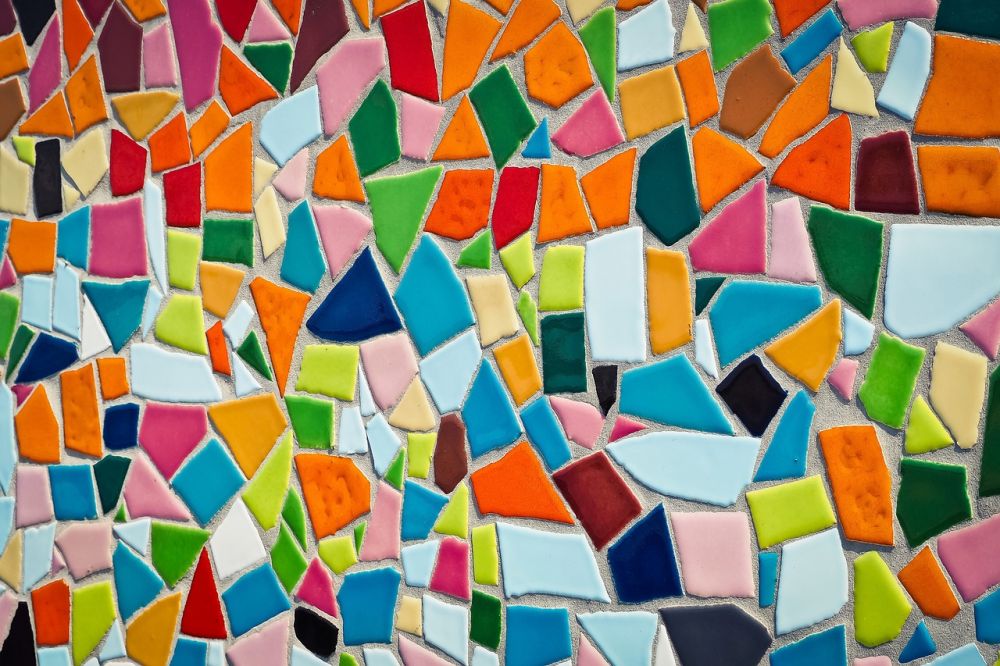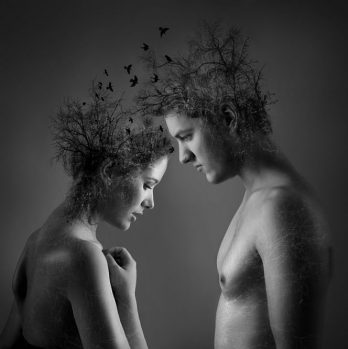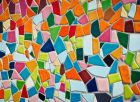Digital konst: Exploring the World of Creativity in the Digital Age

Introduction:
Digital art has rapidly gained popularity in recent years, revolutionizing the way we create and experience art. This article aims to provide a comprehensive overview of digital art, its various types, popularity, quantitative measurements, differences between digital art forms, and a historical analysis of its advantages and disadvantages. By understanding these aspects, we can gain a deeper appreciation for the digital art movement and its impact on the art world.
I. What is Digital Art?
Digital art refers to any form of artistic expression that utilizes digital technology in its creation or presentation. It encompasses a wide range of art forms, including digital paintings, 3D sculptures, virtual reality installations, interactive media, and more. Unlike traditional art mediums, digital art relies on computer software and hardware to create and display artwork.
II. Exploring the Types of Digital Art:

1. Digital Paintings:
Digital paintings are created using digital tools such as a graphics tablet or painting software. Artists can replicate traditional painting techniques or experiment with new styles and effects. This flexibility and the ability to undo mistakes make digital painting a popular choice among artists.
2. 3D Sculptures:
3D sculpting allows artists to create three-dimensional artworks using specialized software. This medium offers endless possibilities, as artists can manipulate virtual materials and experiment with shapes, textures, and lighting. 3D sculptures can be rendered into 2D images or even physically printed using 3D printers.
3. Virtual Reality (VR) Art:
VR art transports viewers into immersive digital worlds. Artists can create entire environments or sculptures that users can explore in virtual reality. This interactive experience blurs the boundaries between the viewer and the artwork, offering a unique and engaging form of expression.
4. Interactive Media:
Interactive media art involves audience participation, allowing viewers to actively engage with the artwork. This can include interactive installations, digital projections, and augmented reality experiences. The integration of technology into the artistic process creates dynamic and ever-changing artworks.
III. Quantitative Measurements of Digital Art:
Measuring the success or impact of digital art can be challenging, but there are a few quantitative metrics that can provide insights into its popularity and reac
1. Social Media Engagement:
Digital art thrives on social media platforms, where artists showcase their work and attract a large following. The number of likes, shares, and comments on digital art posts can serve as indicators of its popularity and appeal to the audience.
2. Online Sales and Auctions:
Online platforms have made it easier than ever to sell and buy digital artworks. Monitoring the number of digital art sales, auction prices, and market trends can provide quantitative data on its commercial viability and growth.
3. Exhibition and Event Attendance:
The attendance and reception of digital art exhibitions, festivals, and events can be measured to gauge the interest and impact of digital art on the wider art community.
IV. Exploring the Differences in Digital Art Forms:
While digital art encompasses various mediums, each has its own unique characteristics and techniques. Understanding these differences can deepen our understanding and appreciation of the art form:
1. Aesthetic Styles:
Digital art allows artists to explore new aesthetic styles that are not easily achievable in traditional art forms. From hyperrealism to abstract expressionism, digital art offers a wide range of possibilities.
2. Workflow and Tools:
Different digital art forms require specific software and hardware, impacting the creative process and artistic techniques employed. For example, digital paintings often use graphic tablets, while VR art relies on specialized virtual reality equipment.
[INSERT VIDEO HERE]
V. Historical Analysis of the Advantages and Disadvantages of Digital Art:
1. Advantages of Digital Art:
– Accessibility: Digital art can be created and consumed anywhere with a computer or mobile device.
– Iterative Process: Digital tools allow artists to experiment, undo mistakes, and revise their work easily.
– Global Reac Digital art can be instantly shared and accessed by a worldwide audience, breaking down geographical barriers.
2. Disadvantages of Digital Art:
– Reproducibility: Digital files can be easily reproduced and distributed, raising concerns about copyright and ownership.
– Technological Dependence: Digital art relies heavily on technology, which may limit its accessibility for some artists and viewers.
– Preservation Challenges: The rapid evolution of digital technology poses challenges for archiving and preserving digital artworks for future generations.
Conclusion:
Digital art has revolutionized the art world, offering new possibilities for artistic expression, interactivity, and global connectivity. By understanding the various types, popularity metrics, differences between digital art forms, and historical advantages and disadvantages, we can gain a deeper appreciation for the art form’s impact on our society and culture. As technology continues to advance, the digital art movement will undoubtedly push boundaries and redefine our perception of art.











